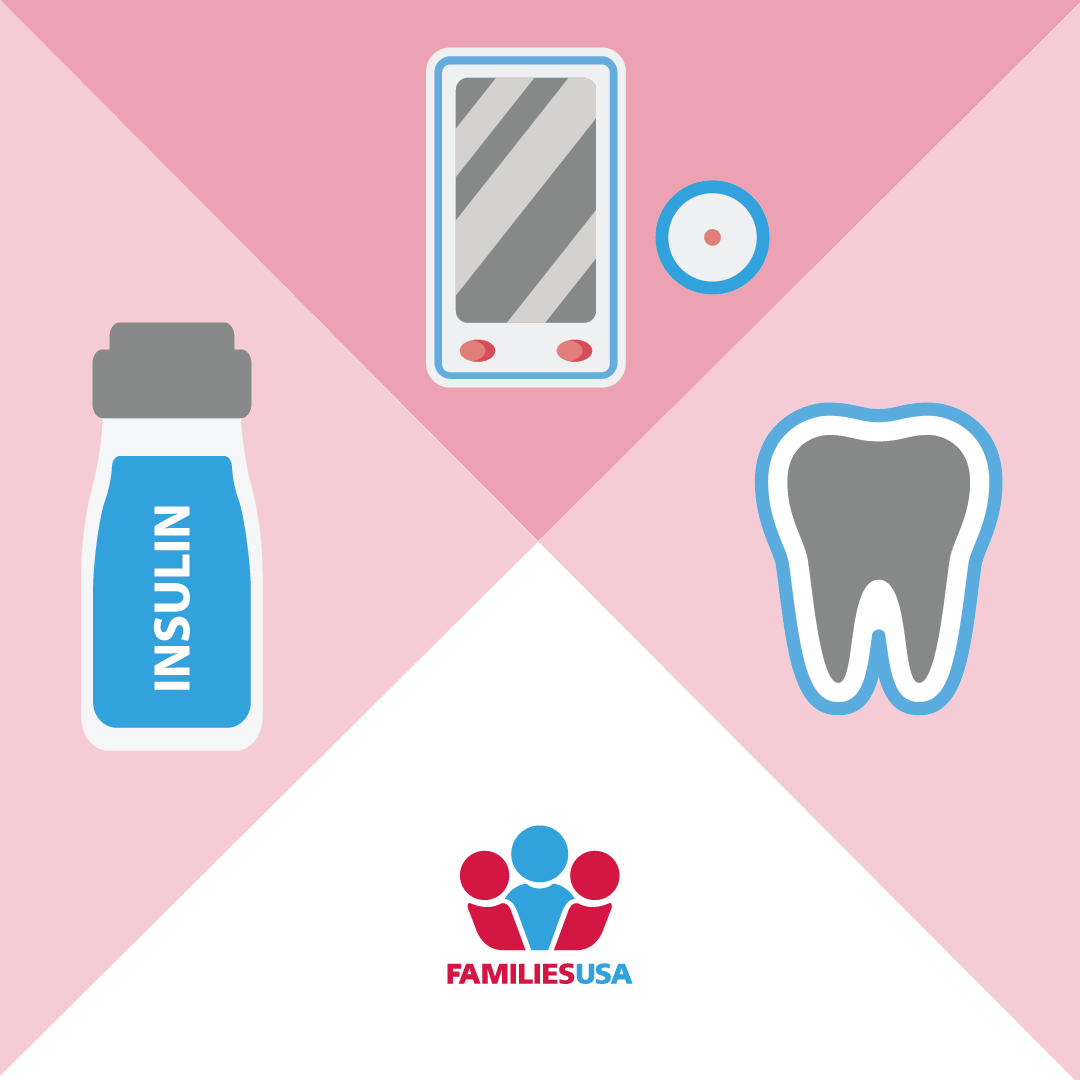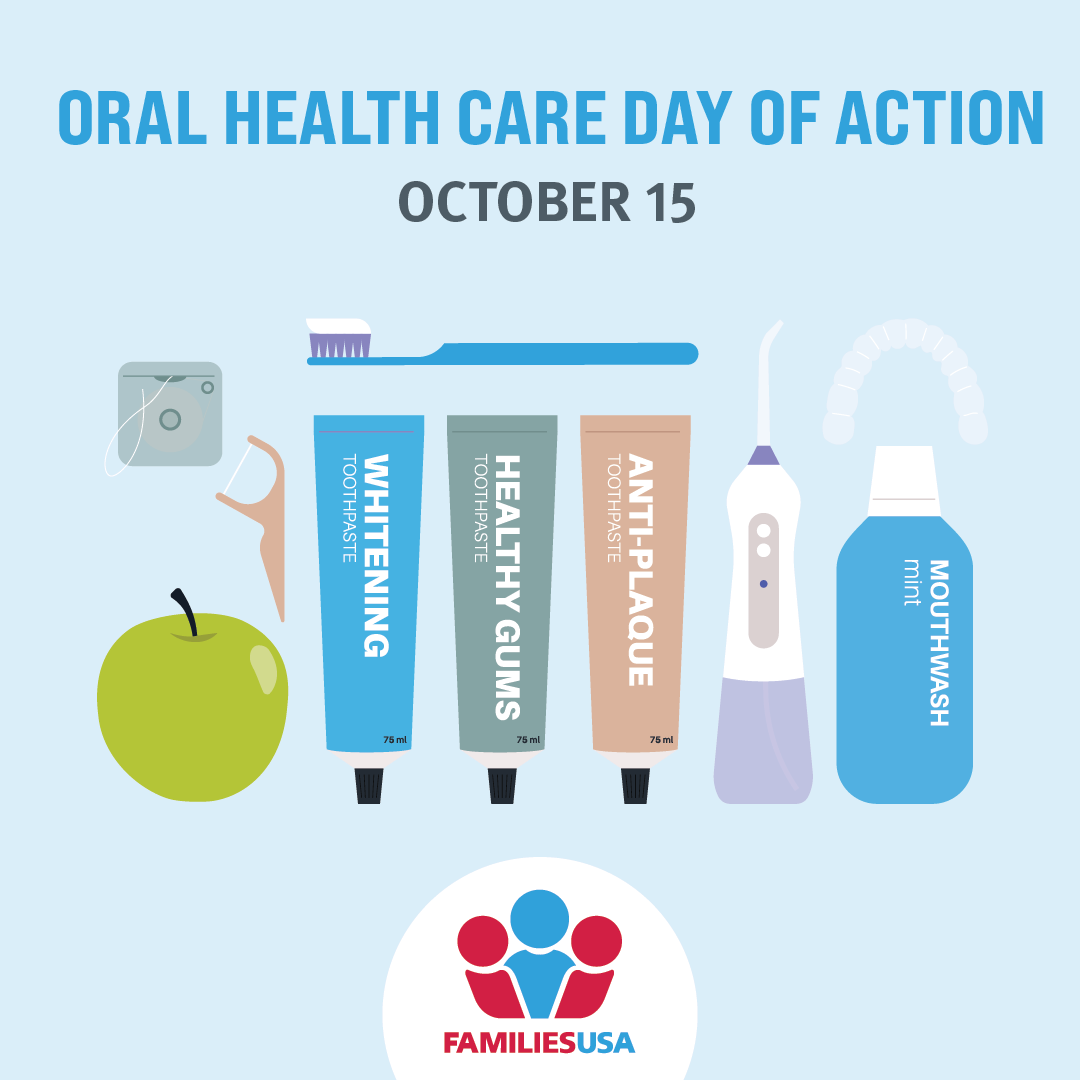
Report finds that adding dental therapists to dental practices is cost-effective and good for the community
06.18.2013
According to a recent report released by Community Catalyst, dental therapists provide cost-effective, high-quality care, and they enable dental practices to expand the number of people they serve. Placing dental therapists in dental practices is one way to help our vulnerable populations who lack regular access to dental care—people with low-incomes, children, racial and ethnic minorities, older adults, and residents of rural communities—get routine and preventive care.
Dental disease and tooth decay are the number one chronic illnesses affecting children—60 percent of children age 5 to 17 have cavities. And the percentage is much higher for low-income children. Much of this is due to the fact that low-income children face significant barriers to getting important preventive dental care. A study published by the American Academy of Pediatrics showed that children enrolled in Medicaid were 18 times less likely to receive a dental appointment than children with private insurance. And a 2010 Government Accountability Office report found that the most frequent barrier faced by children enrolled in Medicaid was finding a dentist who would accept Medicaid. This inability to get basic dental care can result in thousands of unnecessary trips to the emergency room for preventable dental conditions—an estimated 830,000 in 2010
As a way to combat these troubling statistics, the Institute of Medicine’s most recent report on oral health recommends that states explore all avenues to expand access to care, including amending state practice laws to enable new providers, such as dental therapists, to serve patients.
And there is proof that this strategy works. The report by Community Catalyst assessed the work of dental therapists in both Alaska and Minnesota, where dental therapists are currently practicing and detailed the percentage of time spent on different categories of procedures, the characteristics of the population base served, and the overall cost of employing dental therapists. They found the following:
- Dental therapists treat underserved populations that are not being served by the traditional system—dental therapists have increased access to care for 40,000 Alaska Natives and in Minnesota, 78 percent of patients being treated by dental therapists are enrolled in Medicaid;
- The majority of the care that dental therapists provide is preventive and routine;
- Dental therapists are cost-effective. The revenue generated by hiring a dental therapist offsets the cost of employing them more than threefold.
Although there is still much work to be done to improve the dental care system in the United States, employing dental therapists is one change that can lead to major benefits—especially for those most in need. Is this something your state is considering? If so, let us know how it’s going in the comments section and please use the findings in this report to help you in your work to improve America’s dental care.




